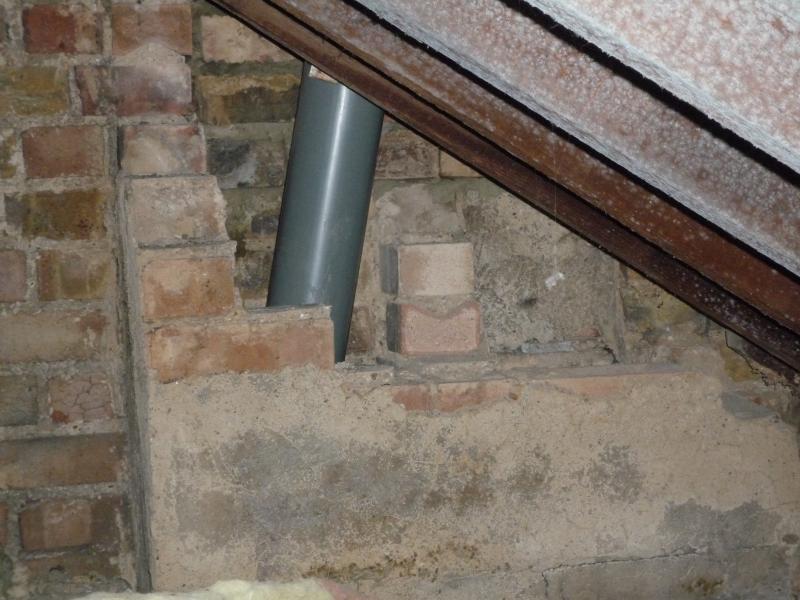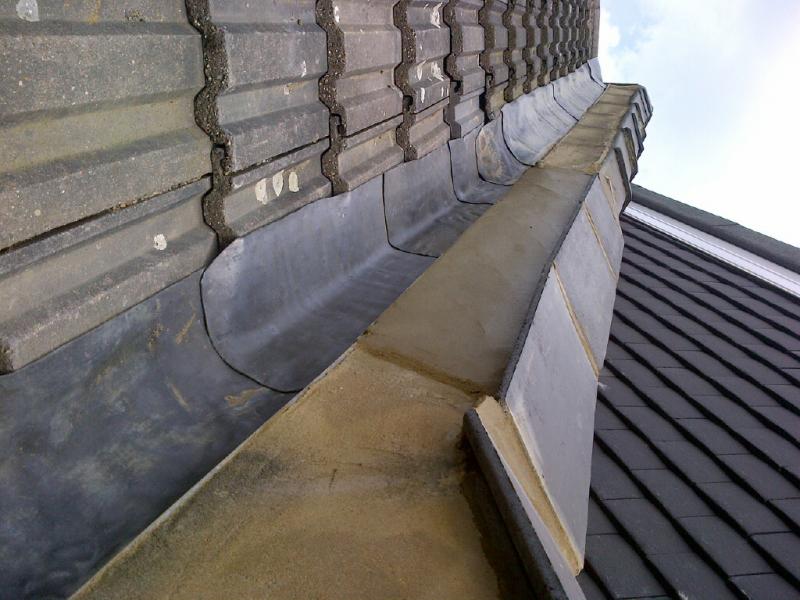Hi all,
Just had some remedial roofing work done (after a neighbors builder did a chimney stack removal) and found that the chimney stack had been left exposed and that the pipe which was running from the flue pipe (supposed to be an outlet for fumes from the kitchen extractor) was not connected to anything so fumes were going out into the loft.
In order to fix this there has been 2 solutions suggested to me.
Firstly
Establish if a flexi pipe, would go from the extractor fan in the kitchen to the vented tile in the roof.
The neighbors builder (who under the party wall agreement is resolving the various issues) has said that this might not be possible, because the chimney meanders through the floors.
Just wondering if this a good excuse, or is this just a ploy to make the job easier for him.
If so how do I establish if the chimney meanders as he says (he insist that this is the case)
His solution is that
The chimney stack that is exposed in the loft is leveled,
Slates are fitted in the gaps, to block off the chimney, but there will be a hole for a soil pipe to go through, that would be sealed using a soilpipe cover. cement at the base of the cover, and silicon at the top of the soilpipe cover. The soil pipe would then go from the where the chimney has been level up to the Tile vent.
So basically he is saying the fumes would travel up the rest of the chimney up to that point and the outlet would be this soil pipe in the loft connecting to the tile vent. Is this correct?
I would have though it is better to have the first option, but I would appreciate some advice if the second solution is ok as an alternative.
I really would appreciate any comments or solutions or ideas
Some pics are below:
Just had some remedial roofing work done (after a neighbors builder did a chimney stack removal) and found that the chimney stack had been left exposed and that the pipe which was running from the flue pipe (supposed to be an outlet for fumes from the kitchen extractor) was not connected to anything so fumes were going out into the loft.
In order to fix this there has been 2 solutions suggested to me.
Firstly
Establish if a flexi pipe, would go from the extractor fan in the kitchen to the vented tile in the roof.
The neighbors builder (who under the party wall agreement is resolving the various issues) has said that this might not be possible, because the chimney meanders through the floors.
Just wondering if this a good excuse, or is this just a ploy to make the job easier for him.
If so how do I establish if the chimney meanders as he says (he insist that this is the case)
His solution is that
The chimney stack that is exposed in the loft is leveled,
Slates are fitted in the gaps, to block off the chimney, but there will be a hole for a soil pipe to go through, that would be sealed using a soilpipe cover. cement at the base of the cover, and silicon at the top of the soilpipe cover. The soil pipe would then go from the where the chimney has been level up to the Tile vent.
So basically he is saying the fumes would travel up the rest of the chimney up to that point and the outlet would be this soil pipe in the loft connecting to the tile vent. Is this correct?
I would have though it is better to have the first option, but I would appreciate some advice if the second solution is ok as an alternative.
I really would appreciate any comments or solutions or ideas
Some pics are below:



